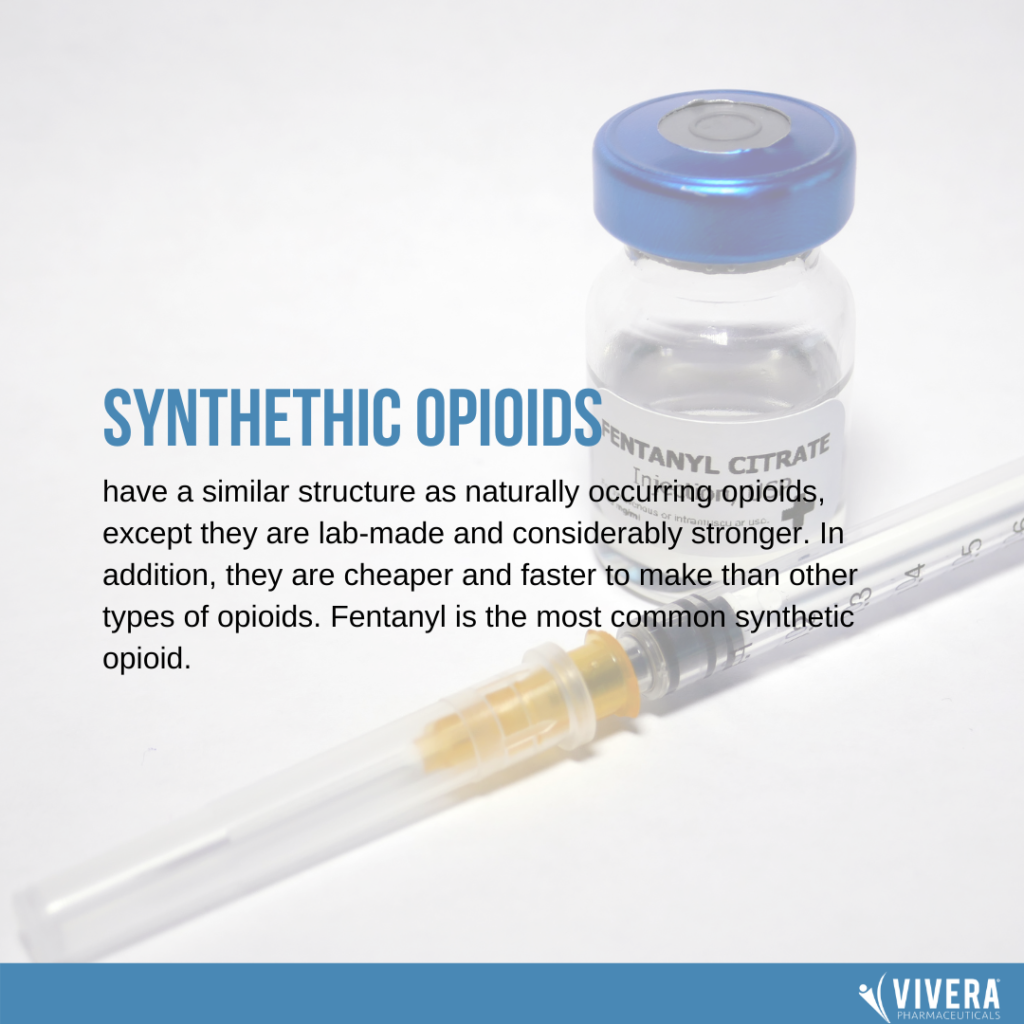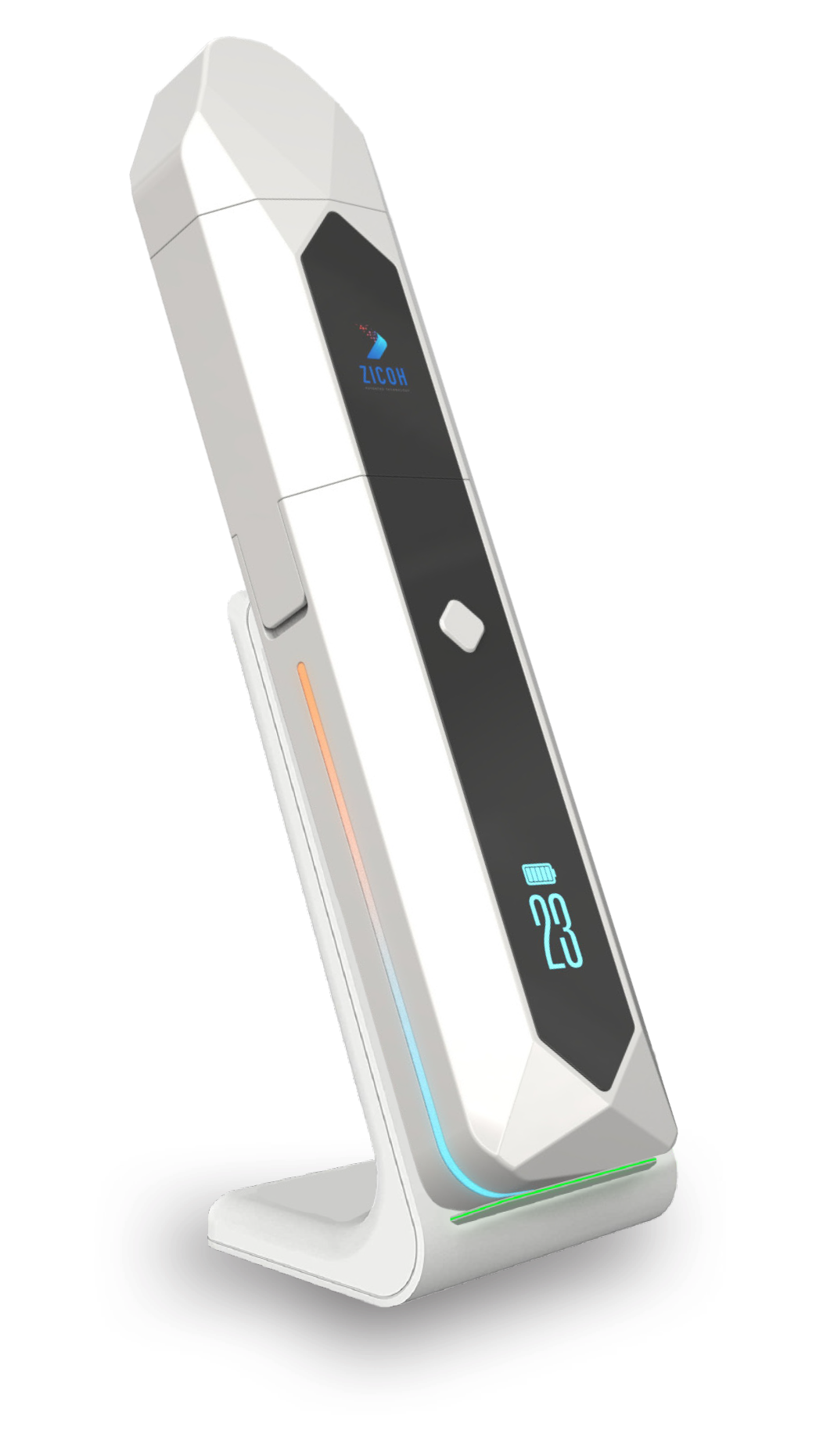Did you know that between eight and 12 percent of people who are prescribed opioids for chronic pain develop an opioid use disorder?
Between 8 and 12 percent of people who are prescribed opioids develop opioid use disorder.
Since opioids activate the reward system in the brain, many people misuse their prescriptions in order to try and achieve a euphoric effect. Not only does this increase the risk of dependence, but it also increases the risk of harmful side effects, including overdose. Understanding opioid use disorder and how to treat it can help us mitigate what continues to be an epidemic throughout the country.
What is an Opioid?
An opioid is any substance that binds to opioid receptors in the central nervous system. Opioids can be grouped into three categories:
- Naturally occurring opioids, also called opiates, are derived from the opium poppy. Examples of naturally occurring opioids include morphine and codeine.
- Semisynthetic opioids are made from opiates. Heroin, for example, is a semisynthetic opioid made from morphine.
- Synthetic opioids have a similar structure as naturally occurring opioids, except they are lab-made and considerably stronger. In addition, they are cheaper and faster to make than other types of opioids. Fentanyl is the most common synthetic opioid.




What is Opioid Use Disorder?
Opioid use disorder is a chronic disorder involving the continued use of opioids despite experiencing adverse consequences. A person with opioid use disorder has an overpowering desire to use opioids, an increased tolerance to them, and experiences withdrawal symptoms upon discontinuing use.
To be considered to have an opioid use disorder, a person must meet at least two of the following criteria:
- Taking opioids more often or in larger quantities than prescribed
- Unsuccessfully trying to stop taking opioids
- A large segment of time allocated to obtaining, using, or recovering from opioids
- Strong desire to use opioids
- The use of opioids is deterring one from daily activities, like work, school, or home
- Continued opioid use despite it causing an inability to fulfill responsibilities
- Reduction or elimination of social, occupational, or recreational activities due to opioid use
- Ongoing opioid use, although physically hazardous
- Ongoing use despite knowing such hazards
- Experiencing withdrawal from opioids
The most severe version of opioid use is when it becomes an addiction. Addiction is considered a disease, and it occurs when a person feels like they cannot function without opioids. A person who is addicted to opioids will use opioids despite the negative consequences and will exhibit drug-seeking behavior. Addiction comes with the most severe side effects.
How Opioid Use Disorder Differs from Other Substance Use Disorders
There are a few factors that differentiate opioid use disorder from other substance use disorders. For one, people can become dependent on opioids in a relatively short period of time.
People can become dependent on opioids in a relatively short period of time.
Chronic uses may also experience severe symptoms when they try to stop using opioids. While withdrawal symptoms vary from person to person, a few common ones include intense cravings, agitation, anxiety, and insomnia.
Factors that Influence a Drug Use Disorder
Like most substance use disorders, there are factors that increase a person’s risk of developing an opioid use disorder. For example, genetics can play a role in a person’s susceptibility to the disorder.
Environmental factors, including stress, adversity, exposure to friends or family members with a substance use disorder, and access to opioids can also increase the risk.
Treating Opioid Use Disorder
Fortunately, there are effective medications used to treat opioid use disorder.
Methadone, for example, is an opioid agonist. It works by activating the same receptors as other opioids; however, it does so in a slower manner and without a euphoric effect. As such, methadone can reduce withdrawal symptoms and cravings in those who are dependent on opioids.
Buprenorphine is a semi-opioid agonist. Like methadone, it also activates the same receptors as full opioids, but it does so to a lesser extent.
Anyone Can Develop a Drug Use Disorder
Opioid use disorder can affect anyone, even those who initially use their prescriptions as prescribed. By understanding how opioids work, patients can make better-informed decisions about their pain management strategy.
Opioid use can affect anyone, even those who initially use their prescriptions as prescribed.


A Solution to the Opioid Crisis
ZICOH will utilize a secure database integrated with AI to form a unique software architecture and advanced patented technology, making it the first device of its kind to enable effective communication through the drug supply chain, from drug manufacturers to wholesalers, distributors, pharmacists, providers, physicians, caregivers, and patients. The device can be programmed to dispense the medication dosage amount, type, and frequency to patients according to the health care provider’s orders and delivery schedule. Each of its features helps ensure patient compliance and patient follow-up, consequentially reducing the risk of addiction and overdose.


